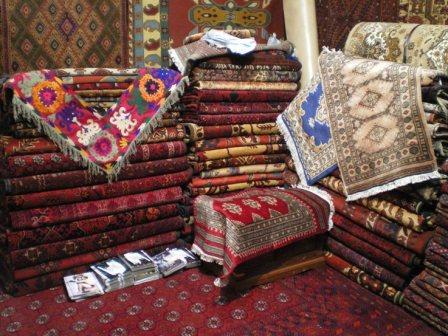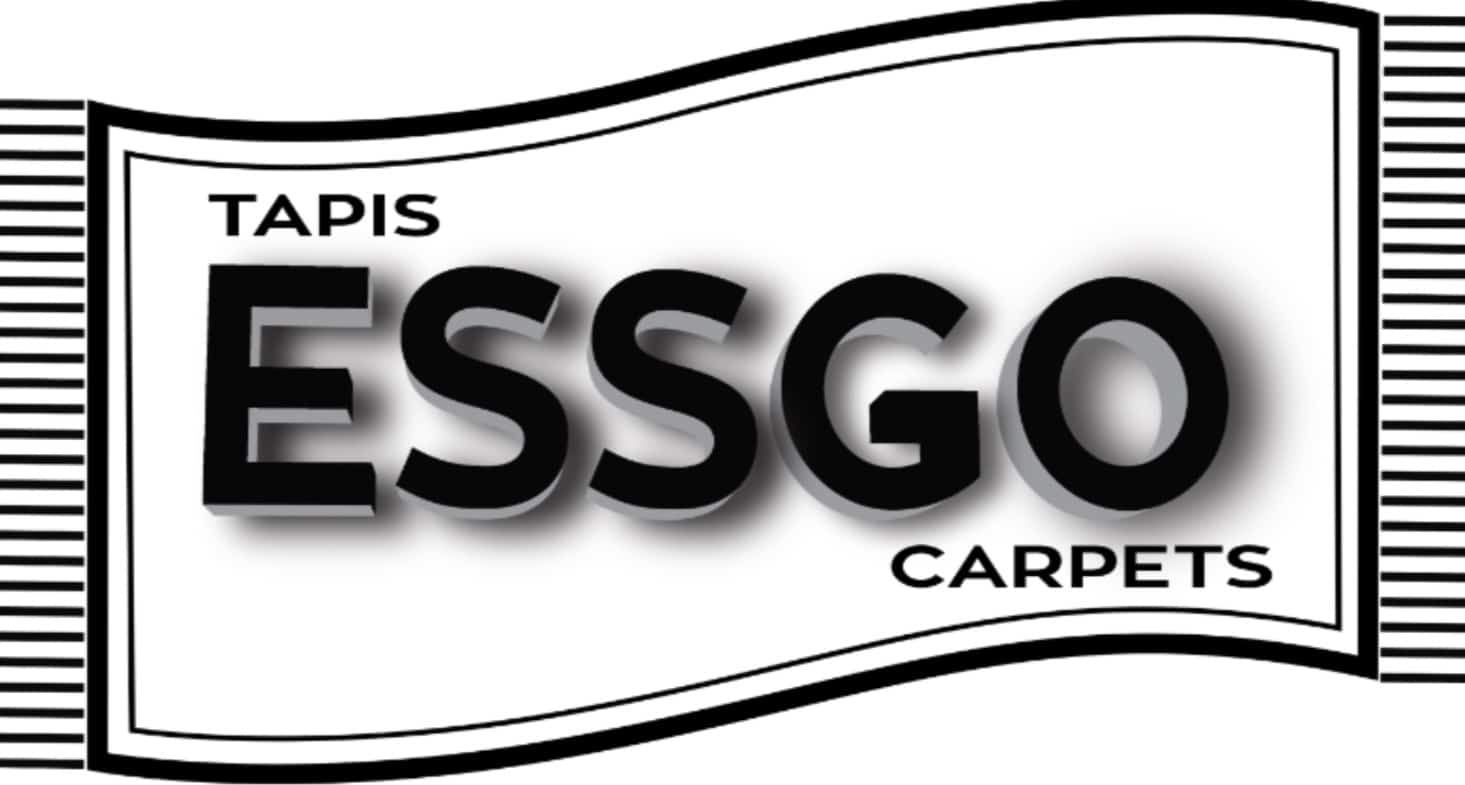Herat rugs

Herāt carpet, handwoven floor covering thought to have been woven in Herāt, the Timurid capital in the 15th century, an important city in the 17th century, and now a provincial capital in western Afghanistan. Classic Herāt carpets, made in the 16th and early 17th centuries, are known for their combination of a wine-red field and a border of clear emerald green with touches of bright golden yellow. The most magnificent are a pair called the Emperor’s Carpets (Vienna and New York City), former possessions of the Habsburgs, that combine coiling vines bearing intricate and lovely palmette forms with animal chases and combats and with cloud bands as tense as coiled springs. Several other carpets show lobed medallions with small, shield-shaped pendants. Most examples from this period survive only as beautiful fragments, such as one in a museum at Hamburg, Germany, which has a border filled with a graceful host of birds and bright summer blooms. These classic carpets are asymmetrically knotted and are apt to have warp and weft of silk or shoots of wool and cotton. Among antique Persian wool rugs, they seem to have excelled in design, colour, and fineness of knotting. The surviving fragments are, in fact, a touchstone by which to judge all other carpets.


